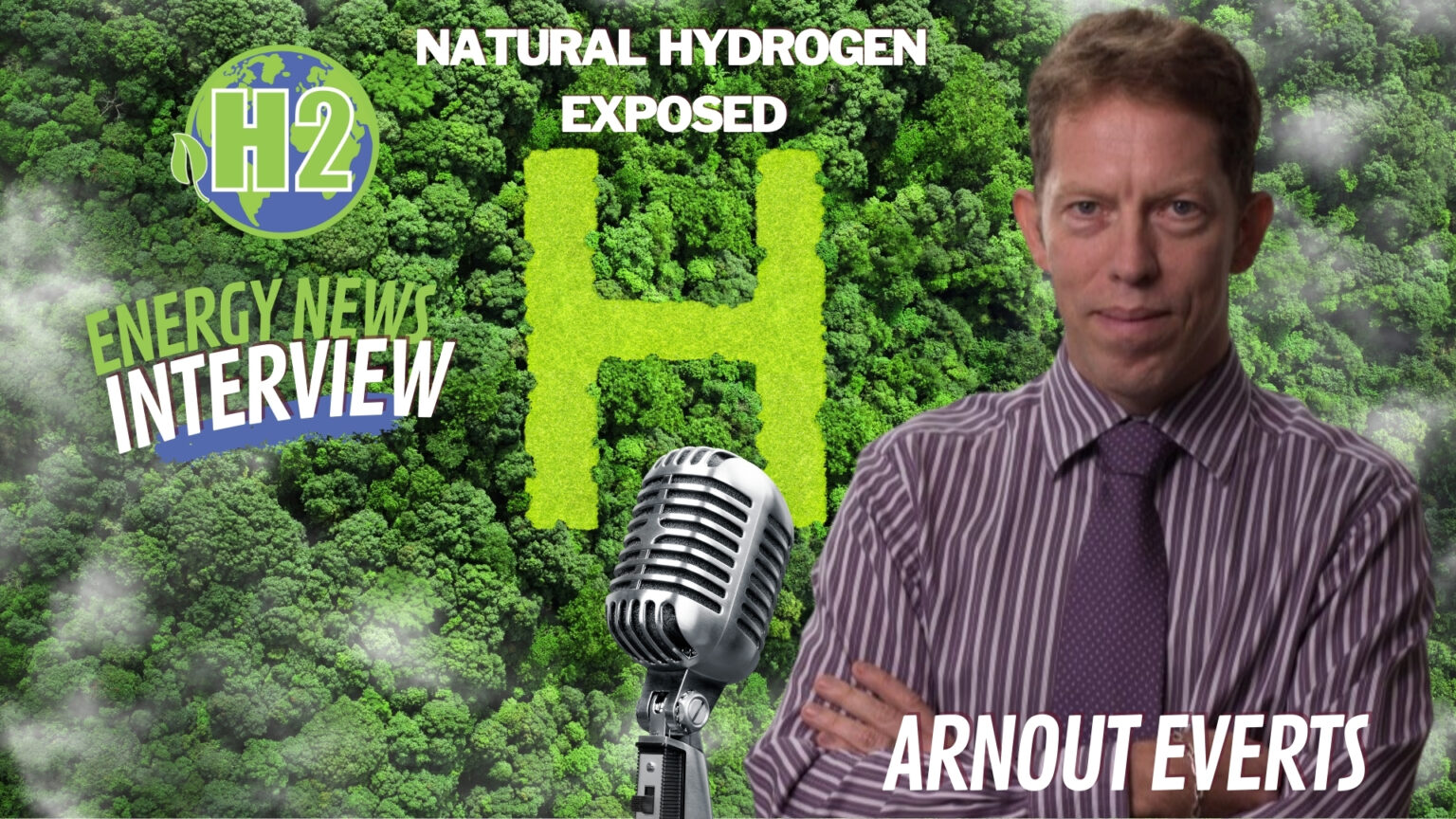In a presentation at the 2024 EAGE Global Energy Transition Conference, geologist Arnout JW Everts from AEGeo unveiled a comprehensive framework for understanding natural hydrogen occurrences that could revolutionize our approach to clean energy development.
A New Classification System
Everts’ research introduces three distinct “play types” for natural hydrogen, offering crucial insights for both exploration and commercial development:
- Focus Areas of Natural Seepage: These are locations where hydrogen naturally seeps from underground sources, typically through fault lines or fracture zones. While these areas demonstrate active hydrogen generation, they generally offer limited commercial potential due to their dispersed nature.
- Coal-Bed Hydrogen: An intriguing discovery showing how hydrogen can be found absorbed within coal seams, often mixed with methane. While this presents an interesting opportunity, the extraction challenges and mixed gas composition make commercial development complex.
- Reservoir-Trap-Seal Configurations: Perhaps the most promising category, these formations mirror traditional natural gas fields, where hydrogen is trapped under pressure in porous rock formations beneath impermeable seals.
Commercial Viability and Future Potential
What makes this research particularly valuable is its practical focus on commercial development potential. Everts meticulously analyzes each play type’s capacity to meet industrial hydrogen demands, concluding that Reservoir-Trap-Seal configurations show the most promise for large-scale commercial applications.
The research presents fascinating case studies, including:
- The Bourakebougou field in Mali, representing a natural seepage play
- The Folschviller-1 well in France, demonstrating coal-bed hydrogen potential
- The Monzon prospect in Spain, illustrating the potential of reservoir-trap-seal configurations
Why This Matters
In our quest for sustainable energy solutions, natural hydrogen could play a crucial role. Unlike manufactured hydrogen, which requires significant energy input, natural hydrogen represents a potentially clean, self-replenishing resource. However, as Everts’ research shows, not all hydrogen occurrences are created equal when it comes to commercial viability.
Looking Ahead
This classification system provides a valuable framework for future exploration and development efforts. By understanding these different play types, energy companies and researchers can better focus their resources on the most promising opportunities for commercial-scale hydrogen production.
About the Researcher
Arnout JW Everts, based in Kuala Lumpur with AEGeo, brings a fresh perspective to natural hydrogen exploration by combining traditional petroleum system analysis with innovative approaches to hydrogen geology. His work represents a significant step forward in understanding how we might harness this abundant natural resource.
